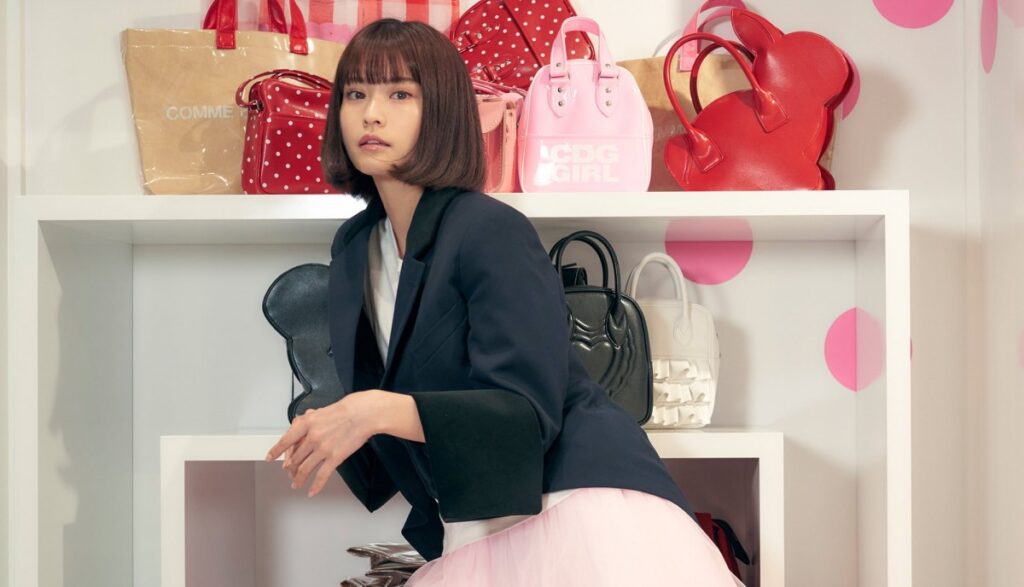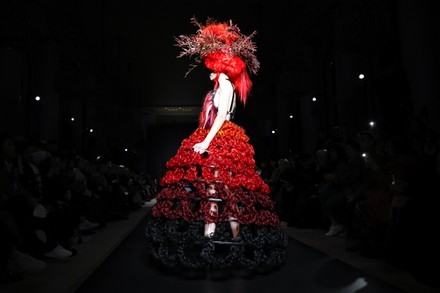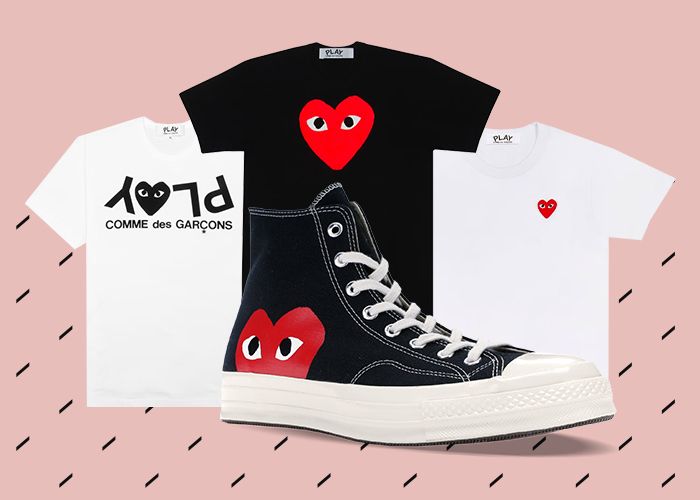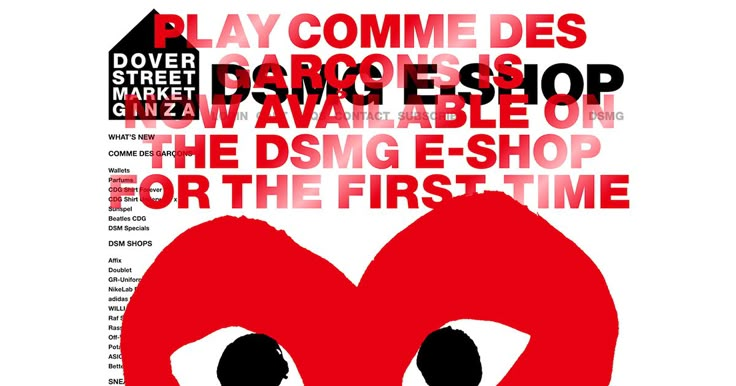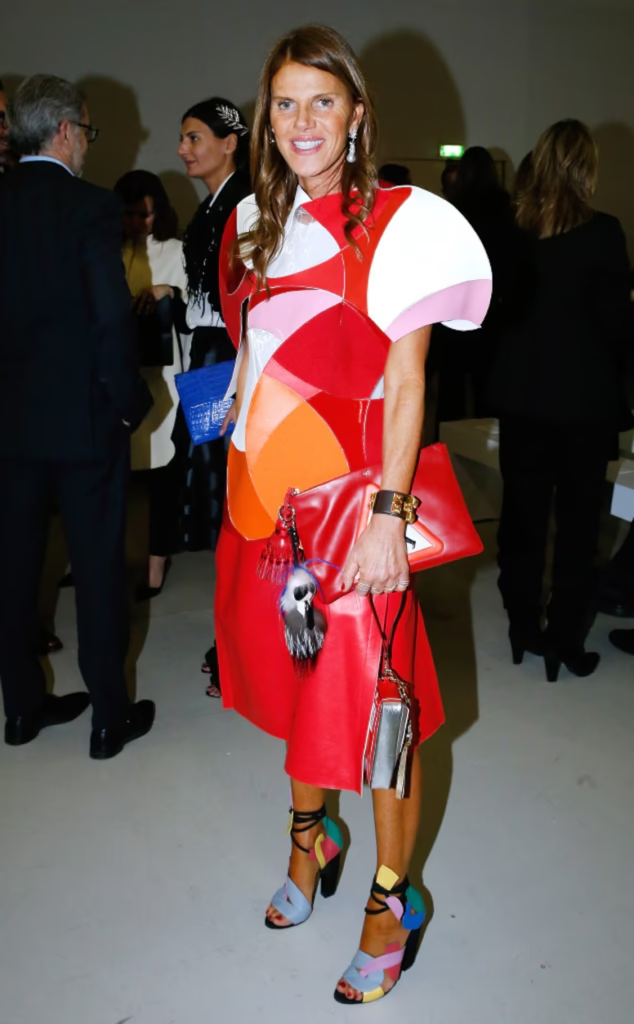The Tokyo Underground Scene
Digital Feature | Style Journal Editorial
Ⅰ. The Whisper Before the Storm
Tokyo hums — a pulse wrapped in steel, neon, and night.
It’s a city that doesn’t sleep, it shifts.
And within that constant mutation, one designer turned silence into revolution.
Rei Kawakubo didn’t enter fashion to please the eye.
She entered to disturb it.
“Fashion is not about beauty. It’s about making something new.”
In 1969, her creation — Comme des Garcons — began as a quiet defiance against everything the world thought clothing should be.
It wasn’t glamour. It wasn’t decoration.
It was thought, stitched in black.
Ⅱ. Tokyo: The City of Contradictions
Tokyo builds and destroys itself every decade — like a living organism shedding skin.
Temples breathe beside skyscrapers.
Tradition sits shoulder-to-shoulder with rebellion.
“It’s a city where chaos feels choreographed.”
This balance between destruction and rebirth is the essence of Comme des Garcons.
Kawakubo looked at Tokyo not as inspiration, but as mirror — both are spaces of collision: silence vs. sound, form vs. void, rebellion vs. ritual.
Ⅲ. The Birth of Anti-Fashion
In the 1970s, when Western fashion celebrated shine, symmetry, and sensuality, Rei Kawakubo went in the opposite direction.
• Torn fabrics
• Black silhouettes
• Shapes that concealed rather than revealed
Each piece was a question mark — a challenge to beauty itself.
When Comme des Garcons debuted in Paris in 1981, it shocked the establishment.
Critics didn’t know how to describe it. They used words like “Hiroshima chic.”
But in Tokyo, it was liberation.
It was the visual voice of a generation tired of perfection.
“To destroy is to create.”
Ⅳ. Black as Manifesto
Black became the language of rebellion.
For Comme des Garcons, black wasn’t the color of mourning — it was the color of freedom.
It stripped away excess and ego, reducing fashion to essence.
It made wearers invisible to the superficial gaze — and visible to those who understood.
“Black is both everything and nothing.”
By the 1980s, Tokyo’s underground was painted in monochrome — poets, punks, artists, intellectuals — all dressed not to impress but to express absence.
Ⅴ. Harajuku: The Hidden Script
Before Harajuku was known for rainbow wigs and cosplay culture, it was a secret code.
It was where Comme des Garcons found its early disciples — young Tokyoites who lived on the edge of culture.
In narrow alleys, they wore deconstructed coats and oversized trousers like armor.
Identity was fluid.
Fashion was philosophy.
“Harajuku wasn’t about attention. It was about intention.”
Every look was a statement: I refuse to be defined.
Ⅵ. Rei Kawakubo — The Ghost Architect
Rei Kawakubo rarely appears in public, gives few interviews, and speaks in riddles when she does.
But her silence speaks louder than marketing ever could.
“I create to express what words cannot.”
Her clothes are architecture for emotion — fractured, questioning, restless.
To understand her, you don’t read her quotes. You study the negative space between stitches.
She designs absence — and somehow, fills it with meaning.
Ⅶ. Sound and Style: The Rhythm of the Underground
Tokyo’s underground has always been sonic — a symphony of noise, ambient echoes, and metallic beats.
And fashion, here, moves to that rhythm.
In the 1980s and 1990s, the city’s experimental clubs — SuperDeluxe, Cay, Bat Cave — became extensions of the runway.
Models and DJs moved as one, wearing Comme des Garcons not as fashion, but as philosophy.
“Style was not spectacle. It was sound.”
Like music, Comme des Garcons was dissonant, unpredictable, alive.
Ⅷ. The Japanese Aesthetic of Imperfection
Western critics saw disorder; Japan saw truth.
Kawakubo’s aesthetic comes from wabi-sabi — the appreciation of imperfection and impermanence.
“Beauty exists in what is incomplete.”
Her designs reject polish. They honor process.
The torn edge is as sacred as the finished seam.
Every garment carries silence — a space for the wearer to project meaning.
It’s not fashion that tells you who you are; it asks you to decide.
Ⅸ. Expansion Without Compromise
The 1990s saw Comme des Garcons rise beyond Japan — but never lose its roots.
Kawakubo built a galaxy of sub-labels:
✦ Comme des Garcons Homme Plus – avant-garde menswear
✦ Play – irony turned into simplicity
✦ Black Comme des Garcons – rebellion, minimalized
✦ Tricot, Girl, CDG – fragments of one evolving vision
Each line spoke a different dialect of defiance.
“Growth without dilution — that is the genius.”
While the world commercialized fashion, Comme des Garcons intellectualized it.
Ⅹ. Dover Street Market Ginza — The Church of Chaos
- Tokyo.
A temple to conceptual fashion opens its mirrored doors: Dover Street Market Ginza.
Seven floors of changing installations.
Concrete meets couture. Art meets retail.
It’s not a store; it’s a living organism.
“It is not shopping. It is discovery.”
The space reinvents itself seasonally — new walls, new textures, new energy — reflecting Tokyo’s endless cycle of reinvention.
Visitors don’t browse. They wander, reflect, experience.
They don’t buy into fashion — they enter it.
Ⅺ. The Kawakubo Lineage
Like any great movement, Comme des Garcons became a school of thought.
Its alumni now shape the future of global fashion:
— Junya Watanabe, the master of tech-infused tailoring
— Kei Ninomiya, the architect of light and metal
— Tao Kurihara, poet of the undone
Each one carries a fragment of Rei’s rebellion, reinterpreted through their own lens.
“It’s not imitation. It’s evolution.”
This is how Tokyo’s underground multiplies — through mentorship, not mimicry.
Ⅻ. The Digital Underground
Today’s Tokyo youth remix Comme des Garcons with thrift finds, digital textures, and AI-generated prints.
The rebellion has moved online — into Discord servers, Instagram archives, and fashion zines that exist only as PDFs.
They build micro-communities where style isn’t a trend but a language.
“Underground doesn’t mean unseen — it means unfiltered.”
The digital age hasn’t diluted Comme des Garcons; it’s expanded its reach.
From Shibuya to cyberspace, the spirit remains the same: DIY, disruptive, divine.
ⅩⅢ. Influence Without Ownership
You can find echoes of Comme des Garcons everywhere:
Berlin art collectives.
New York concept stores.
Seoul pop-ups.
London graduate shows.
Yet none of it feels like imitation.
Because CDG is not a look — it’s an attitude.
“She didn’t create a brand. She created permission.”
Permission to be fragmented.
To be undefined.
To exist between gender, class, and beauty.
ⅩⅣ. Genderless Before Genderless
Before “gender-neutral fashion” became a headline, Comme des Garcons erased those lines.
Kawakubo dressed bodies as shapes — not genders.
She saw anatomy as form, not identity.
In doing so, she gave Japan’s queer and nonconforming youth a silent form of armor.
“To wear Comme des Garcons is to become untitled.”
The result?
A quiet revolution that redefined masculinity, femininity, and everything between.
ⅩⅤ. Collaboration and Paradox
How does a brand rooted in rebellion collaborate with giants like Nike, Supreme, or Gucci?
By controlling the conversation.
Comme des Garcons uses mainstream visibility as a Trojan horse.
Each collaboration is a statement — a paradox of purity and play.
“We enter the system only to rewrite it.”
While others chase hype, Kawakubo studies tension.
The contrast between chaos and control is her canvas.
ⅩⅥ. The Pulse of Tokyo
Walk the streets of Tokyo — you’ll feel Comme des Garcons in the air.
In Aoyama’s geometry.
In Shibuya’s noise.
In Harajuku’s curated disorder.
It’s not just fashion — it’s atmosphere.
It’s in how Tokyoites move, dress, think, exist.
Tokyo doesn’t wear Comme des Garcons — it breathes it.
This synergy between city and brand is what keeps both immortal.
Each evolves because the other refuses to stop.
ⅩⅦ. The Future Underground
New names are rising from Tokyo’s creative labyrinth:
Tomo Koizumi, sculpting emotion from tulle.
Yuki Hashimoto, fusing nostalgia with industrial edge.
Cote Mer, recycling denim into art.
They carry the DNA of Comme des Garcons — deconstruction, experimentation, defiance.
“The underground never dies. It mutates.”
The next revolution won’t happen on the runway — it will happen in shared studios, digital collectives, and thrift-store laboratories.
ⅩⅧ. Philosophy Woven Into Fabric
At its core, Comme des Garcons is less a fashion house and more a theory of being.
It embodies ma (space), wabi-sabi (imperfection), and kū (emptiness).
Kawakubo translates these ideas into fabric — each piece an essay in form.
Her clothes don’t demand attention; they demand interpretation.
“It’s not what you see. It’s what you feel when you don’t understand.”
This is what makes Comme des Garcons eternal.
It is not about now. It is about forever unfinished.
ⅩⅨ. Breaking, Building, Beginning
Every new Comme des Garcons collection begins with a question, not an answer.
Kawakubo destroys what she made before — only to build again.
“The moment it becomes clear, I change direction.”
That refusal to settle keeps her work alive, unpredictable, human.
And it’s why the Tokyo underground still worships her — she is proof that rebellion can endure decades without losing authenticity.
ⅩⅩ. Epilogue — The Beauty of Refusal
In a world addicted to trends and applause, Rei Kawakubo remains an enigma.
She stands outside the noise — calm, calculating, creating.
Comme des Garcons is her language of resistance.
A whisper against uniformity.
A rebellion in quiet tones.
“To be misunderstood,” she says, “is to be free.”
So the underground keeps moving — beneath the neon, beyond the noise.
It wears black.
It listens.
It changes.
Comme des Garcons is not fashion.
It is philosophy stitched into form.
A movement that began in Tokyo — and will never end.


